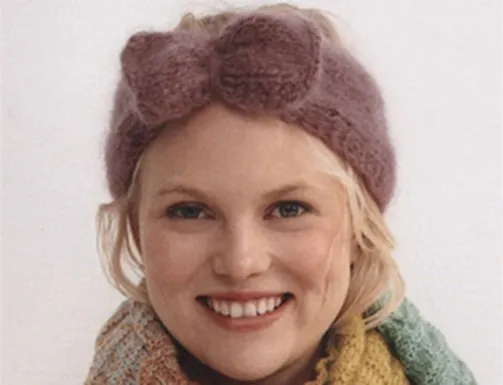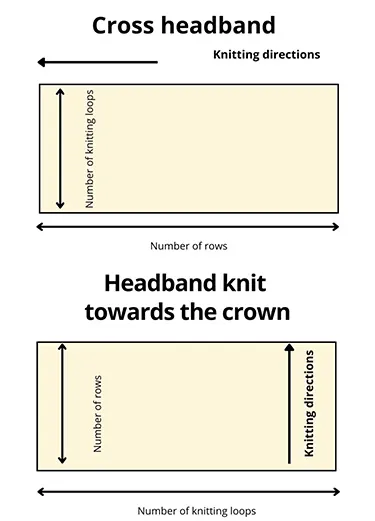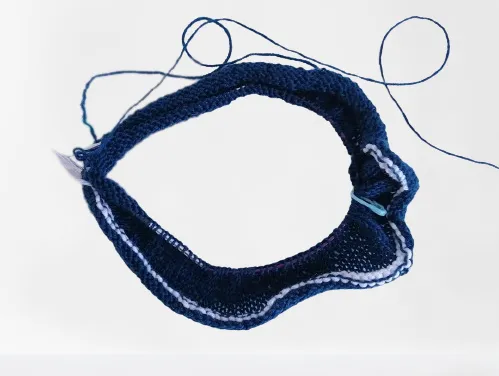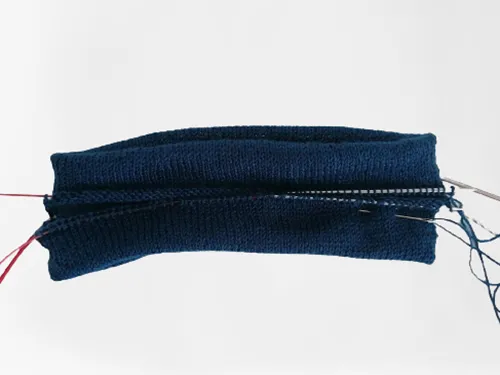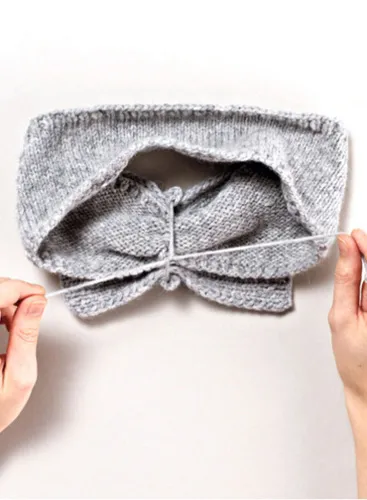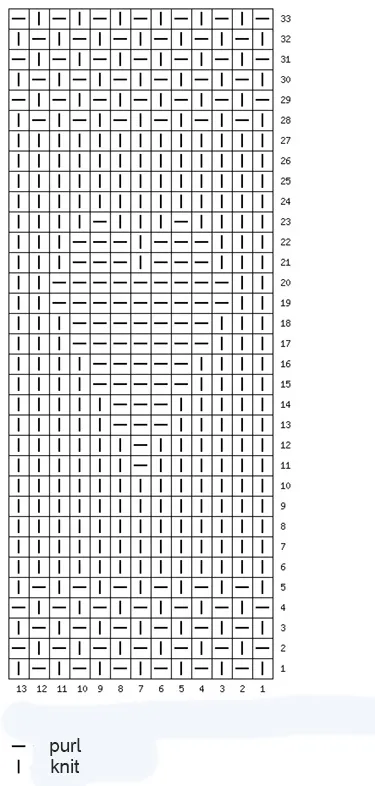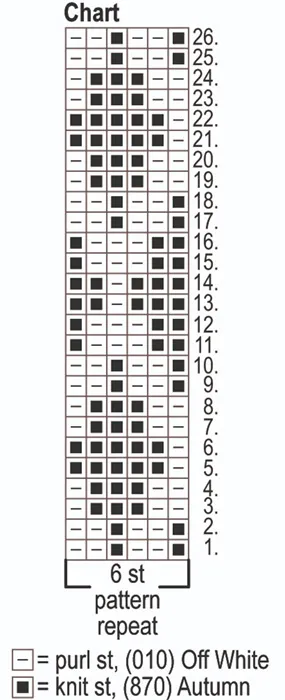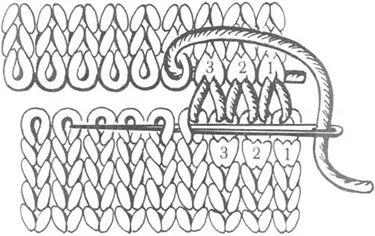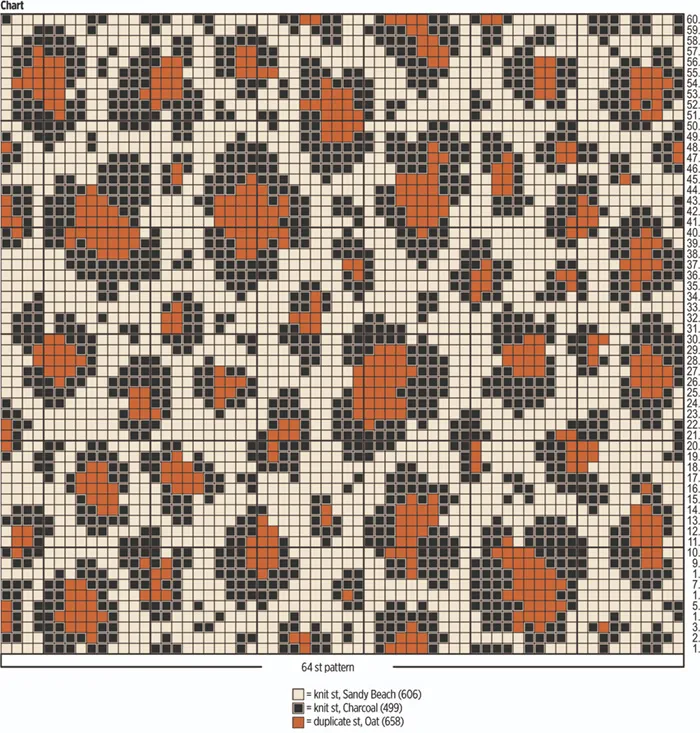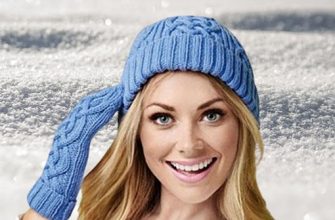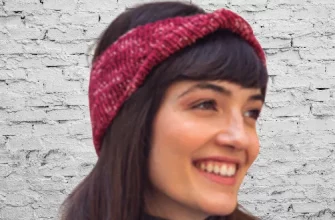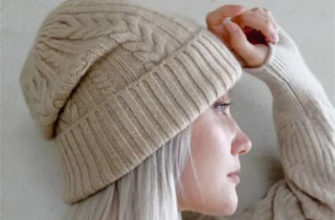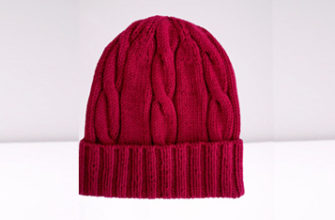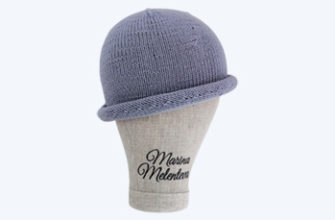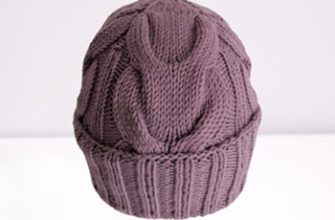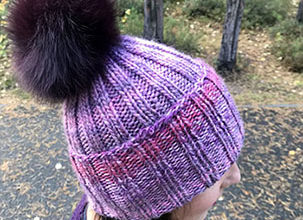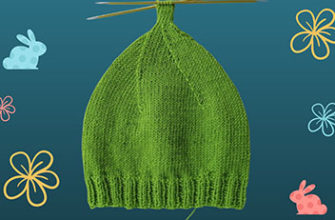The article presents a headbands knitting patterns with descriptions and videos.
A knitted headband is not only a functional accessory but also a statement of style. I’ve curated 10 exquisite designs for women, complete with descriptions and videos. The best part? You can craft one in just an evening!
These knitted headbands are a staple for the fashion-conscious. Their versatile design makes them apt for various occasions, from casual strolls to athletic activities and even business attire.
With a plethora of styles and patterns available, there’s a headband tailored for city outings or outdoor exercises alike.
- Choosing yarn for knitting a headband
- Knitting Patterns for Headbands
- Measurements and calculations for headbands knitting patterns
- Simple garter stitch headband
- How to knit a simple garter stitch headband
- Double knit stitch headband
- Headbands knitting patterns: Step-by-Step Instructions
- Headband with bow
- How to knit a bow
- Main part of the headbands knitting patterns
- Assembly
- Knitted headband with hearts
- How to knit a headband with hearts
- Headbands knitting patterns with hearts
- Kiri Jacquard Headband
- Sequence of knitting a jacquard headband
- Knitted leopard print headband
- Pattern
- Knitted headband with a cable twist mid-front
- Conclusion
Choosing yarn for knitting a headband
The choice of yarn for knitting a headband depends on the season in which it will be worn. The composition of the yarn affects the final result and appearance of the finished product. Let’s consider the popular materials that are used for knitting headbands:
Knitting Patterns for Headbands
For knitting headbands, patterns of varying complexity are used:
- Garter Stitch: This is one of the most straightforward patterns, and you only need to know how to knit using facial loops.
- Stockinette Stitch: This pattern is also quite easy to execute and gives a smooth texture.
- Combination Stitches: A mix of knit and purl stitches offers a plethora of patterns such as various False English rib. These are ideal for headbands.
- Rib Pattern: This classic pattern lends elasticity to the headband. Popular choices include the ribs 1×1 and 2×2, as well as patent or French ribs.
- Jacquard Patterns: If you’re keen on multicolored designs, these patterns make use of two or more yarn colors.
- Cables and Arans: These introduce a tactile texture and volume to your headband.
- Openwork Patterns: Perfect for warmer seasons, these patterns are breezy and ideal for spring or summer headbands.
Your choice of pattern, combined with the yarn thickness, lets you craft either minimalistic or intricately decorative headbands.
Measurements and calculations for headbands knitting patterns
To knit a beautiful and comfortable headband with knitting needles, before you start knitting the product, you should make simple measurements and calculations.
Measure your head circumference using a measuring tape at the widest point on your head. How to take measurements correctly is shown in the figure.
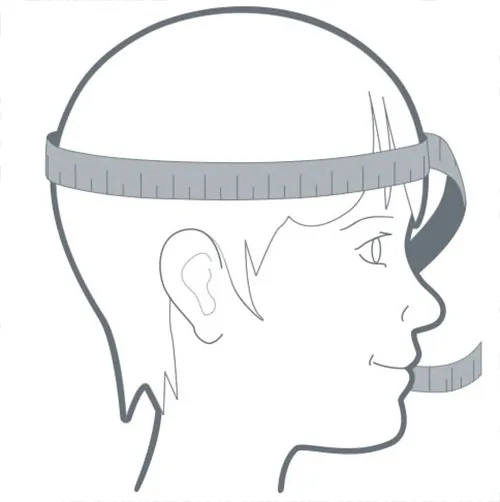
Decide on the width of the bandage, which you can choose based on personal preference.
Determine the knitting density by knitting a sample. Using the finished pattern, calculate the number of loops and rows.
The headband can be knit in two ways: across the head or in the direction from the eyebrows to the top of the head.
Simple garter stitch headband
The simplest headbands knitting patterns are made using garter stitch. Garter stitch creates additional volume and is considered a basic pattern for beginning craftswomen.
Sizes 48-50, 52-54, 55-57 cm (19-20, 20 1/2-21, 22-22 1/2 inches.
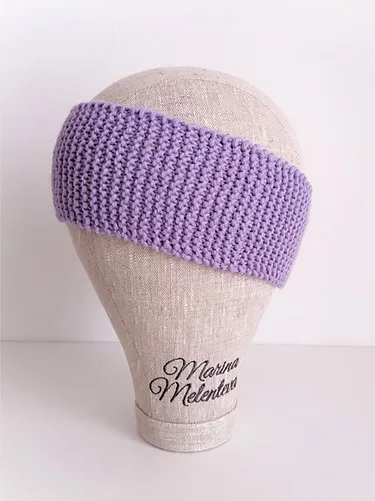
Double knit stitch headband
The double headband is knitted using stockinette stitch in the direction from the eyebrows to the crown of the head. This bandage looks neat.
Sizes 48-50, 52-54, 55-57 cm (19-20, 20 1/2-21, 22-22 1/2 inches).
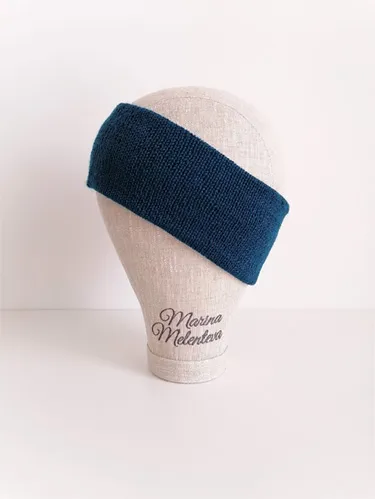
When knitting, a provisional cast-on was used.
Headband with bow
A knitted mohair headband with a graceful bow is the epitome of tenderness and elegance. Soft and airy mohair yarn is the perfect solution for knitting an accessory for cool days and the final accent to create a feminine, romantic look.
Size 54-56 cm (21//– 4//), width 11 cm (4//).
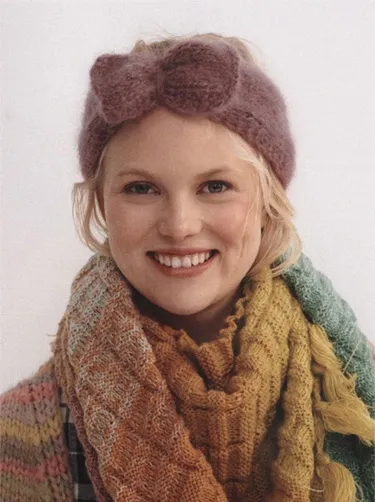
Knitted headband with hearts
Charming knitted headband featuring a heart motif. A blend of warmth, style, and love for any chilly day. Perfect for gifting or treating yourself!
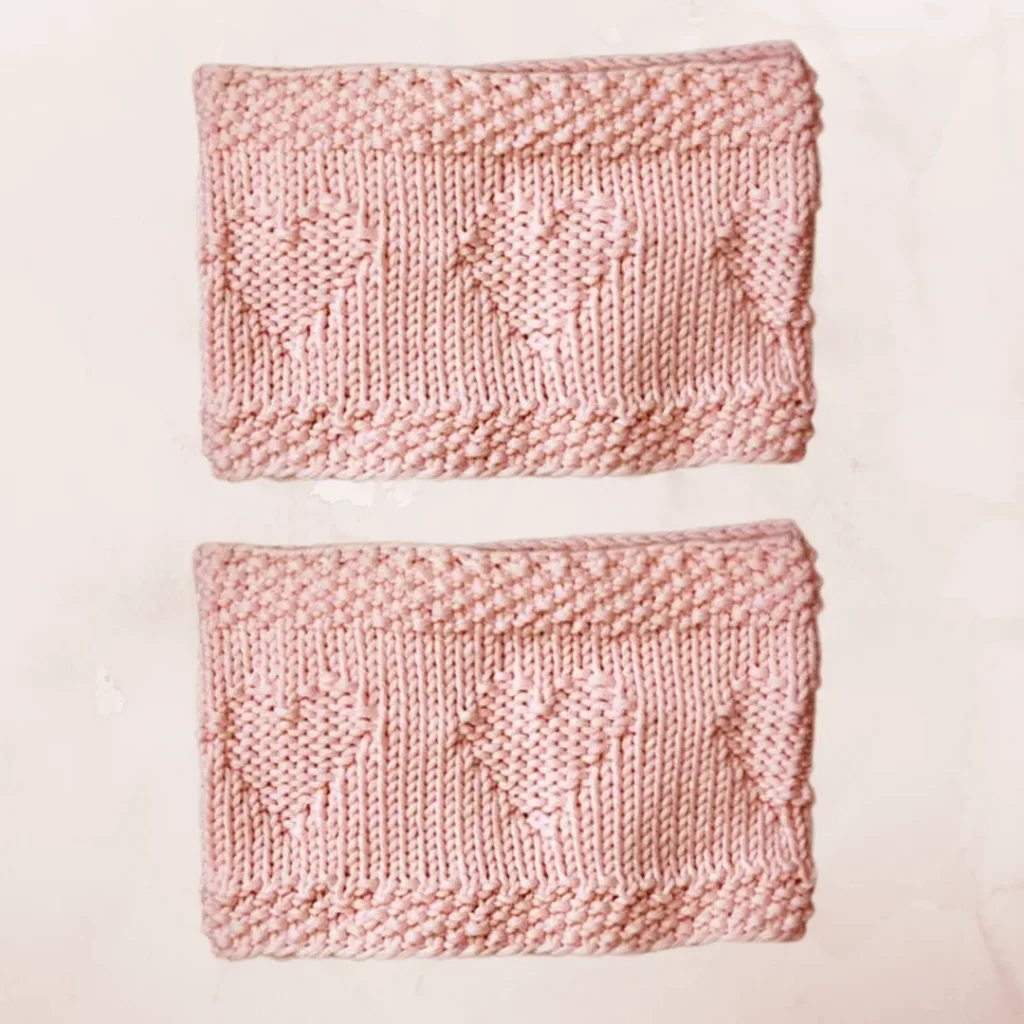
Kiri Jacquard Headband
The Kiri headband is knitted with colored yarn and folded in half. The double bandage protects well from the wind and keeps you warm.
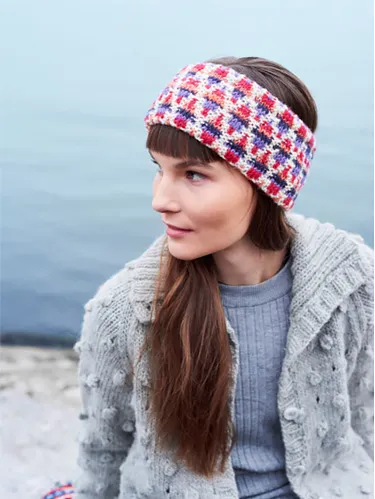
Designer: Lea Petaya.
Knitted leopard print headband
Leopard print items are always popular. The leopard print of this fashionable accessory is made of yarn in 2 colors and complemented by duplicate loops in a third.
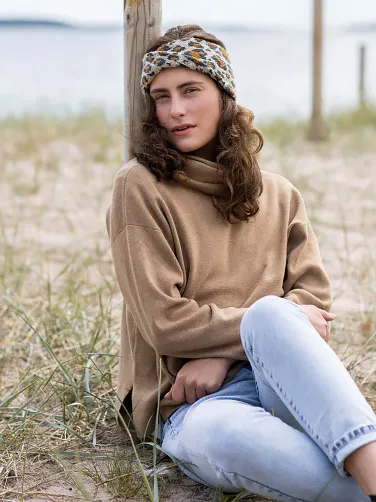
Designer: Sari Nordlund.
Knitted headband with a cable twist mid-front
This fashionable accessory is knitted from very thick yarn. The pattern uses knit and purl stitches, and the middle front is decorated with a cord.
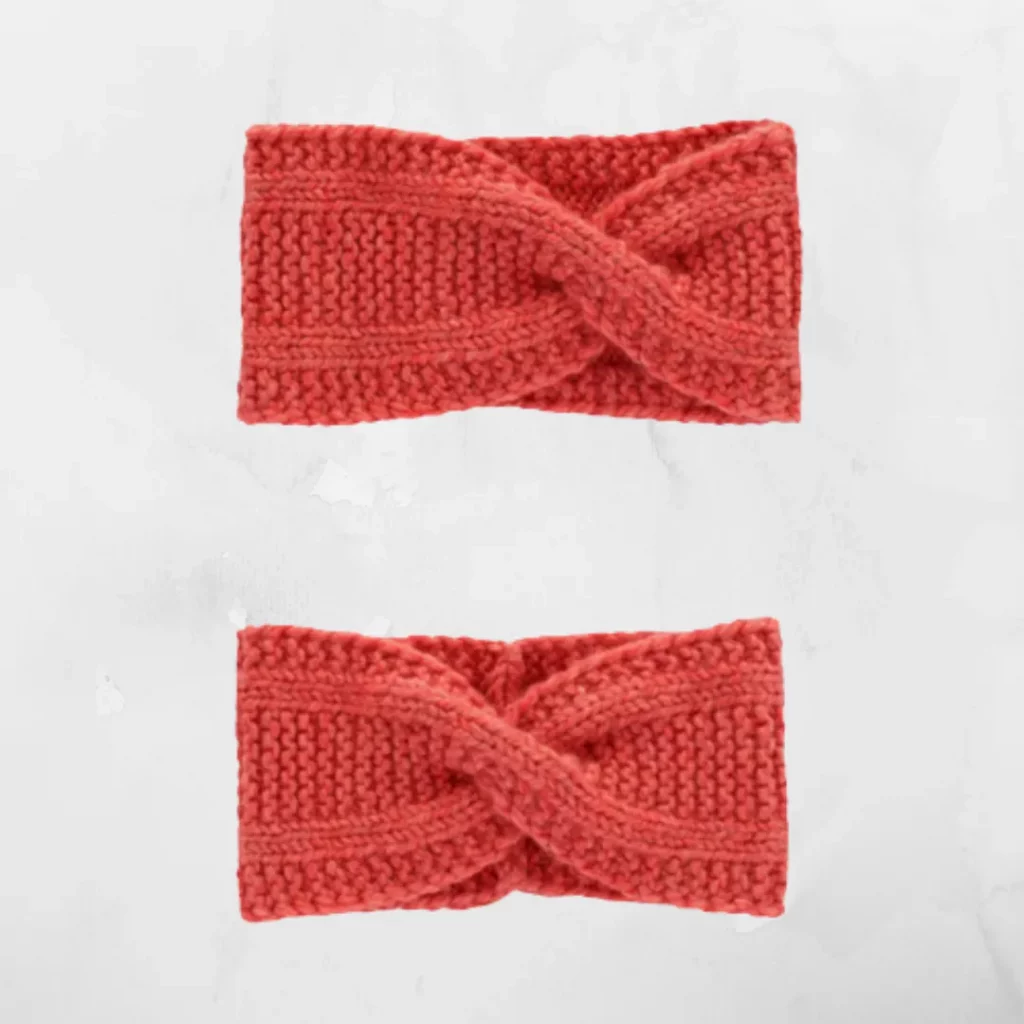
Conclusion
In conclusion, this article provides a headband knitting pattern, widely recognized as one of the most straightforward knitting projects. It presents 10 elegant designs tailored for women that can be effortlessly crafted in a single evening, even by those without advanced knitting expertise.
Read our articles:

